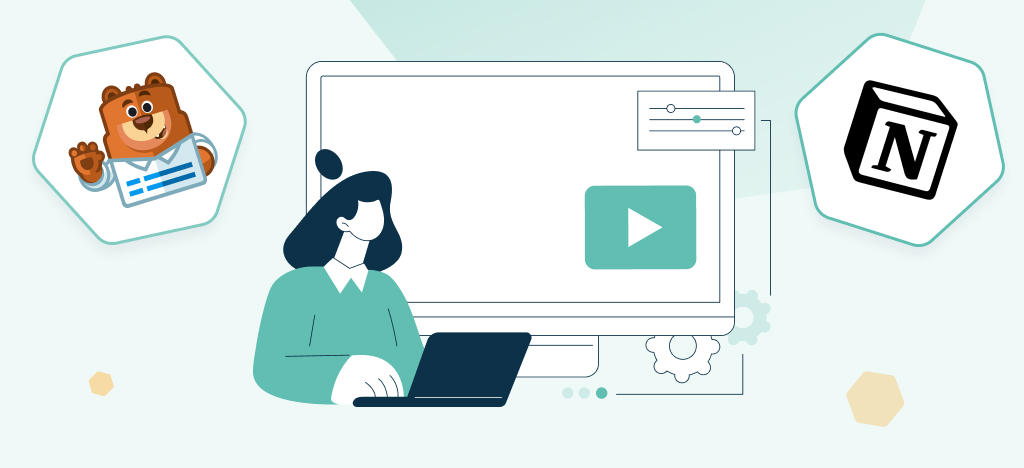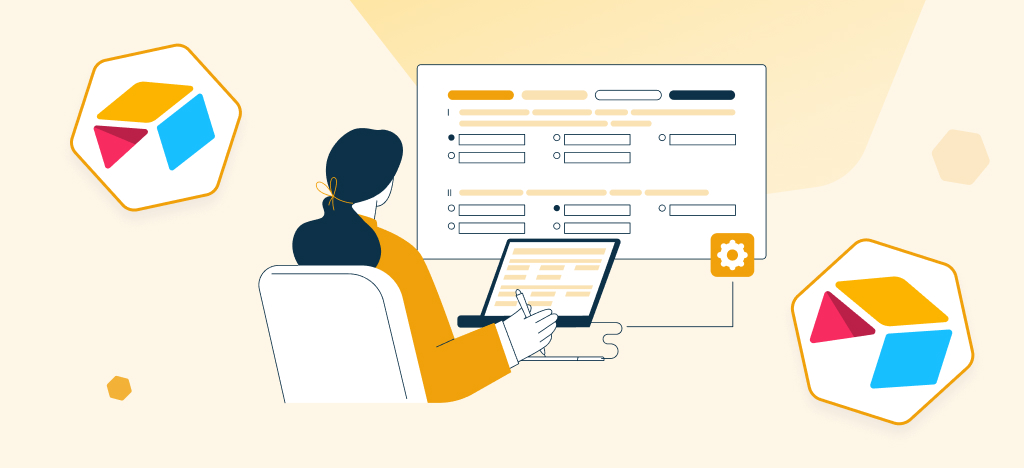Do you want to send data from your website to Notion?
The Notion for WPForms add-on is the good and reliable solution for you.
In this video tutorial, you will learn how to install and use our add-on in under 5 minutes. We will show you how to use your Notion account, configure your WPForms form and Notion add-on to securely and reliably send your data. Follow our step-by-step tutorial and you’ll be able to connect and add your contacts in Notion database in no time.
Transcription of the WPForms to Notion add-on video
Step 1: Activate and set up the Notion for WPForms Add-on
After activating the plugin, go to WPForms and open WP connect page.
Paste your product license and click “Activate”.
Then go to WPForms settings to link your Notion account.
Under Integrations tab, choose Notion and click “Add New Account”.
Give a name to your Notion account.
Step 2: Get Notion API key (Internal Integration Token)
To get your API Key, a few steps are required in Notion.
Full documentation is linked in the tooltip, but here is what to do… :
Go to the Notion workspace where your destination database is set up.
From the left side panel, open “Settings & members”.
Go to “Connections” and click on “Develop or manage integrations”.
Create a new Notion integration.
Once your integration is created, copy the “Internal Integration Token”.
Paste it into the plugin’s field, then click “Connect to Notion”.
Step 3: Create a form and share your integration
Go to All Forms page.
Create the form you need, or edit one that you already have.
Go to Marketing tab before selecting Notion.
Add a connection to link your form to Notion and give it a nickname.
Select the Notion account you wish to connect.
For now, your Notion databases won’t be visible, that’s normal.
You still need to add the integration to your Notion page.
Go back to your Notion destination database.
In the top right corner, click on the three dots.
Go down to “Add connections” and look for the Integration you just created.
Select it in the list and confirm sharing editing rights with the plugin.
Go back to the plugin page, then save changes and refresh your browser.
Your database has been detected, just select it in the list.
Step 4: Create a connection
Add a connection to link your form to Airtable and give it a nickname.
Select the Airtable account you wish to connect.
Create an Airtable table with a column for each form field you want to map.
If using select fields, make sure all choices are the same as in your form.
Copy the full URL of your Airtable table.
Paste it in the “Table lookup” field of the plugin.
Base ID and Table ID are automatically filled in.
Step 5: Configure your connection and map your fields
Select all Notion fields you need to map in the right column dropdowns.
Depending on your needs, you can add specific sending conditions.
Save your connection once it’s all set.
Step 6: Test and Enjoy!
Test it by submitting a form (fill at least all the fields you have mapped).
The form data have been sent to Notion, congratulations!




